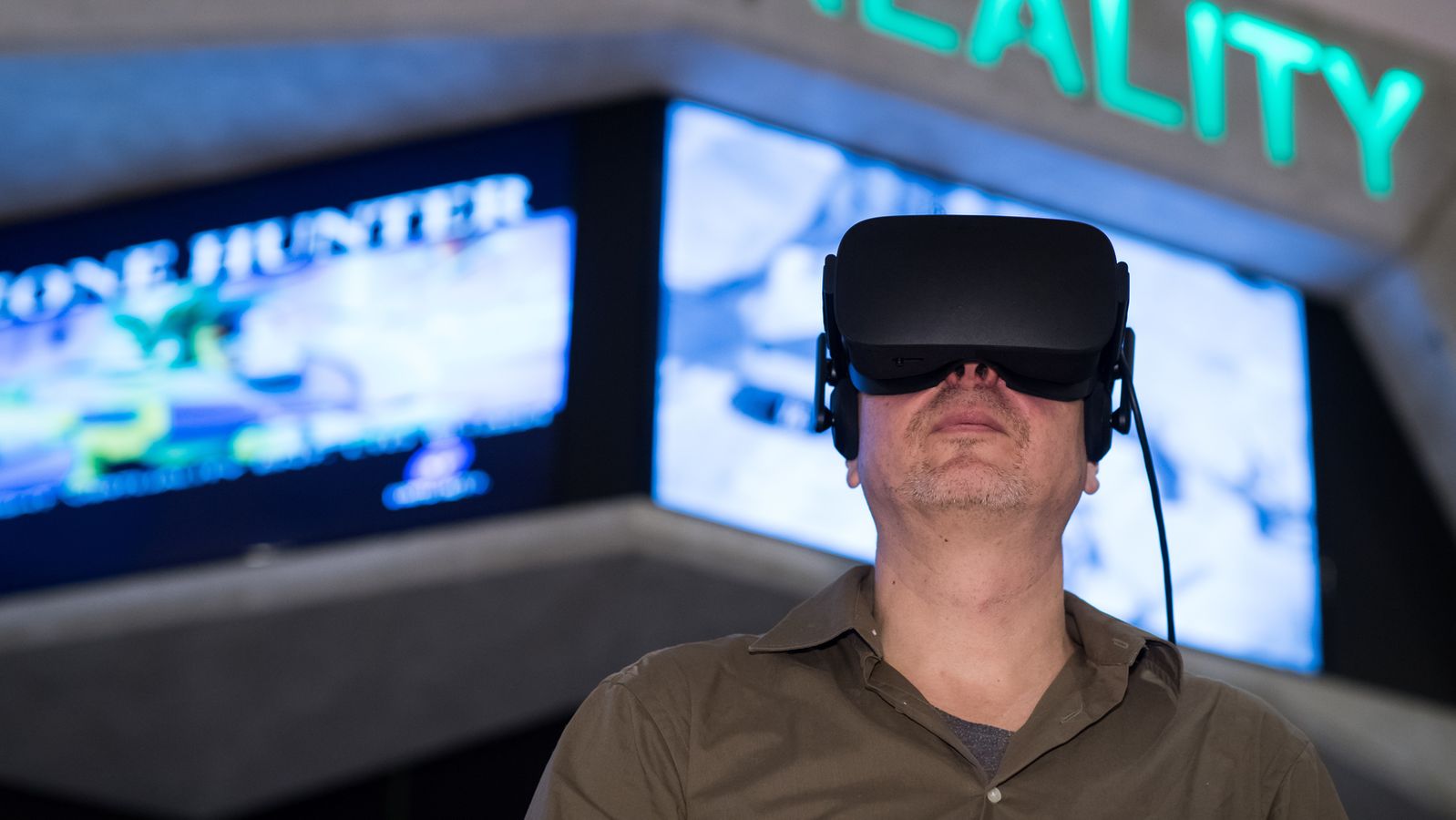Digitization is changing society: from digital administrative procedures to digital school lessons to digital memory. New technologies also offer completely new possibilities for museums and memorials, such as virtual reality: Visitors can use reality glasses to navigate a 3D digital world. These are now also used by memorials. Just like augmented reality, any technology by which users receive additional information in a real world on their smartphones or tablets. New technologies allow virtual worlds to be created. But you can also revive the horror of a Nazi dictatorship.
Reviving the horrors of the Nazi dictatorship
The filing cabinet rolls down on its own, and a secret door on the secret attachment opens behind it. There is a bicycle hanging on the wall in one of the rooms, and there are two beds in one of the rooms and a notebook, Anne Frank’s notebook, is placed on a small desk. Anyone who visits the Anne Frank home in Amsterdam as a tourist does not see any of this.
The secret appendix, in which Anne Frank hid from the National Socialists in the 1940s, is unfurnished – at the request of Anne Frank’s father, who survived the Holocaust. The virtual reality app, through which a visitor can navigate through 3D rooms, allows you to experience how Anne Frank was likely living there. Virtual reality provides the opportunity to immerse yourself in past times, go back in time and render the 3D visual as realist and true to the original as possible.
How far can reconstruction go?
But new possibilities also raise questions: How far can reconstruction go? How realistic can Nazi history be rewritten? Buchenwald and Mittelbau-Dora Memorial’s director, Jens Christian Wagner, draws a clear line here:
“For good reasons, when working on memorial sites in the 1990s, we decided to be very careful with reconstructions of a structural nature, because skeletal artifacts are not just artifacts, but evidence, evidence of crimes. You visit history. That is, we recreate history as we imagine it. ” Jens Christian Wagner, director of the Buchenwald and Mittelbao Dora memorial.
So Wagner criticizes the Anne Frank House project. He believes it would be a mistake to suggest that visitors to the memorial sites connect themselves to historical contexts. In his opinion, it becomes even more important when using virtual reality to enable emotional resurgence.
Monument to Stacy halts project to sympathize with prison
At the Memorial Stasi in Hohenschönhausen, visitors were able to slide into the role of a political prisoner with 3D glasses and experience for themselves what it felt like in prison. In the 360 degree movie, the actors performed interrogation, pressure, and humiliation. Meanwhile, the memorial halted the project: according to the memorial’s director, Helge Heidemeyer, visitors are very overwhelmed. There is a risk that visitors will be surprised emotionally. An excerpt from the project can still be found on the Internet.
Regarding virtual reality projects, political scientist Thomas Altmaier of the German Resistance Study Group points to the so-called Pottelsbach Consensus since the 1970s, which still maintains the basic rules of political education today: “There is a prohibition on overcoming so some things simply don’t work. You can try to reenact or relate the past because it is not working. It’s totally oppressive. “
Reenacting history is disrespectful to the victims
This means: not all possibilities should be completely exhausted in the work of memory. Virtual reality in particular, which can allow people to fully plunge into and revive terrorism and dictatorships, is a very ethical problem.
Reenacting history is also disrespectful to the victims. Because more than 50,000 people, like Anne Frank, were killed by the National Socialists in the Bergen-Belsen concentration camp. Not much remains of the former concentration camp today. Trees and meadows grow on the site.
“Augmented reality” is used at the Bergen-Belsen memorial
So scientists have developed an app. With the help of so-called augmented reality, visitors can explore the site with a tablet, explains memorial director Jens-Christian Wagner. With the app, visitors can visualize the former, which is no longer the current structural structures of the camp, but in a deliberate abstract form, so that visitors are not prompted to believe that they are seeing something historically real as that would be a violation of the prohibition on reconstruction.
The idea behind the app: Visitors explore the site and obtain graphics, basic information, and historical materials on a tablet so that they can discover Nazi history on their own.
Contemporary witness reports are subjective and incomplete
The Bergen-Belsen Memorial is no longer an exception when it comes to augmented reality apps. In Berlin, for example, the “Wall Show” app is reconstructing the history of the Berlin Wall – with photos, videos, and reports from contemporary witnesses that can be viewed on smartphones or tablets. The Dachau concentration camp memorial, along with Bayerischer Rundfunk, developed a virtual tour about the liberation of the concentration camp by the Americans. Historical photographs can be placed here at the concentration camp memorial site at the original sites, supplemented with reports from the times and eyewitnesses. These reports are intentionally subjective and incomplete in order to take different views.

“Certified gamer. Problem solver. Internet enthusiast. Twitter scholar. Infuriatingly humble alcohol geek. Tv guru.”





